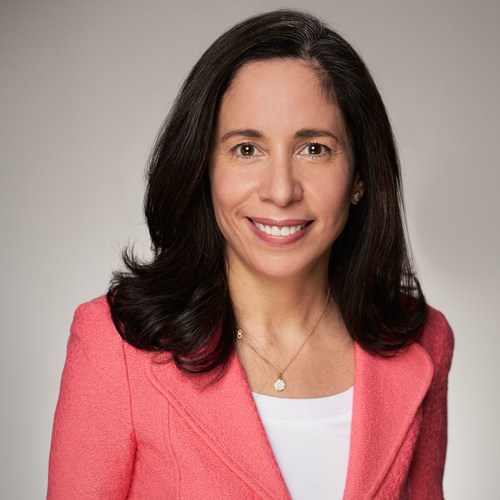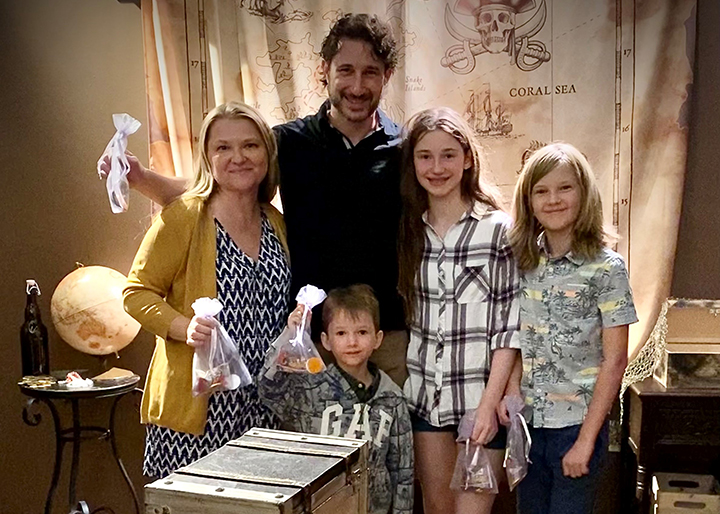HOMEOWNERSHIP STILL UNAFFORDABLE ACROSS MOST OF U.S. BUT DECLINING HOME PRICES MAY PROVIDE RELIEF FOR HOMEBUYERS
Major Home-Ownership Costs Require 30 Percent of Average National Wage in Third Quarter of 2022; But Portion of Wages Needed for Home Ownership Dips as Home Prices Decrease Quarterly, to $340,000; Historic Affordability Remains Worse Than Average Almost Everywhere Across Nation ATTOM, a leading curator of real estate data nationwide for land and property data, released its third-quarter 2022 U.S. Home Affordability Report showing that median-priced single-family homes and condos remain less affordable in the
Read More











